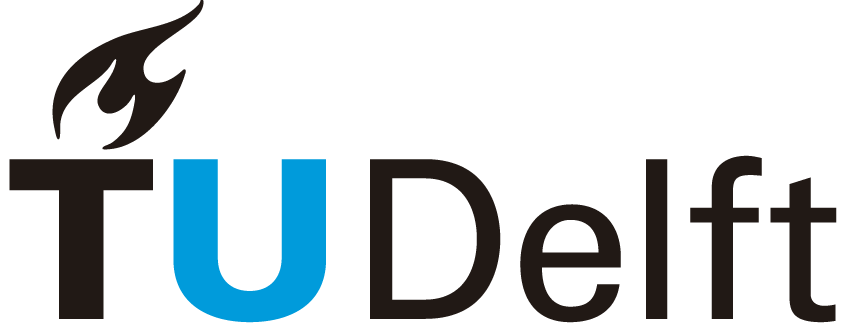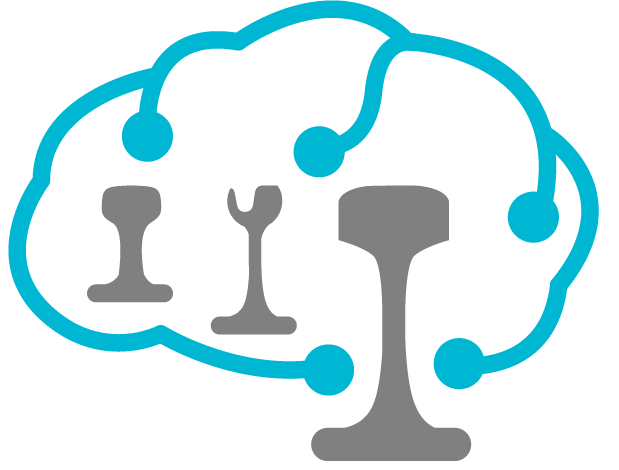|
Dr. Alfredo Núñez Vicencio – My Research
Railway infrastructure plays an important role in the transport of people and goods. Additionally, nowadays' green ambitions are only possible with a more efficient and robust railway system. Still, the railway can contribute even more to society, and for that, we must work on research that will allow us to face various challenges. My passion is the field of Intelligent Railway Infrastructure. In this field, I equip the railway with tools that allow the infrastructure to assess its condition autonomously (perception), maintain itself based on predictions from advanced intelligent models (decision), and continuously improve its performance from previous experiences (learning). In short, I develop the brains of a railway system.
By including perception, decision, and learning, the railway infrastructure can be emulated as a living being from where each methodology will contribute to creating its digital brain. We work with railway infrastructures, including conventional railway tracks, high-speed lines, underutilized rural/secondary low-density lines, light trains such as metro and tramways, and freight-dominated railway routes. However, from our experience, the methodologies developed can inspire solutions in other fields, such as for other infrastructure networks like power, road, water, and logistics networks.
Furthermore, my work is in the interface between railway engineering/railway infrastructure and different research areas such as computational intelligence (neural networks, fuzzy logic, and evolutionary computation), structural health monitoring, maintenance of engineering structures, control of railway systems, asset management of transportation infrastructures, big data, and optimization.
You can see here under a video about our measurement train where we conduct research about moving sensing technologies and a video about our measurement campaign in Sweden-Norway.
Intelligent Railway Infrastructures: Perception
Data-fusion methods for multi-sensor condition data, including the fusion of static, moving, and crowd-based sensing technologies.
Big-data analytics for assessment and prediction using a tremendous amount of railway data.
Computational intelligence methods for expert system design to support railway infrastructure assessment using real-time data during operation.
Design of whole system key performance indicators of railway infrastructure systems for continuous assessment of optimal decision strategies.
Intelligent Railway Infrastructures: Decision
Heuristic optimization approaches for decision-making of railway infrastructure systems. For example, one typical characteristic of maintenance strategies in railways (such as grinding, tamping) is that relaxing strong assumptions of simple models leads to the formulation of mixed-integer nonlinear optimization problems.
Hierarchical and distributed optimization-based methods for tackling decision in large-scale railway infrastructure systems. A major challenge is to speed up the solution of the optimization methods by partitioning and coordination between reduced-size solutions.
Robust optimization for decisions in rail systems to explicitly include the effect of different sources of stochasticity and uncertainty, such as in measurements, loading conditions, infrastructure parameters, and external factors, including climate/weather.
Multiobjective decision-based methods for dynamic decision support tools in railway infrastructure systems. These methods are useful for visualization of different solutions, typically to quantify trade-offs between cost reduction and performance, but also can be included punctuality, efficiency, robustness, safety, sustainability (recycling/disposal), energy consumption, etc.
Intelligent Railway Infrastructures: Learning
Deep learning methods for defect detection in railway systems. For example, neural networks can be trained to detect defects from the rail, catenary, and other railway assets. A major challenge is to give steps beyond what currently a human operator can do with the same data (if we relax the time constraint limitation that makes no possible for operators to process terabytes of data). Also, the field of transfer learning can be explored, where we aim to apply knowledge from a different railway network into the monitoring and decision-making processes of a different network.
Deep reinforcement learning and other learning mechanisms emulate how a railway infrastructure can improve its performance based on past failures and experiences. A major difficulty is the time-dependent data that is required to train this sort of network. The use of digital twins is considered to emulate future scenarios of the consequences of how perception and decision mechanisms are being implemented.
|


